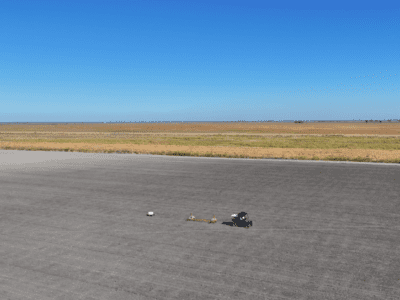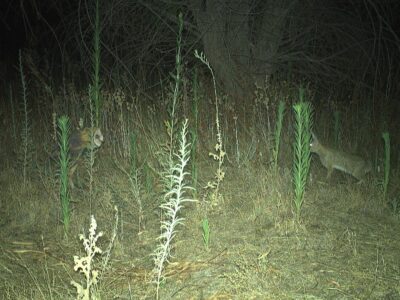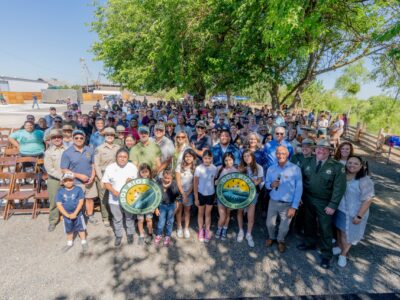- In achieving net-zero carbon emissions by 2050, world leaders at last month’s COP26 climate change summit agreed to major investments in natural solutions to combat climate change, including the pledge to halt deforestation by 2030 and invest in forest restoration
- River Partners is leading the way in California in demonstrating how bringing life back to rivers can boost our climate resilience, having planted thousands of acres of new riverway forests over 20+ years that capture tons of greenhouse gases each year
With the dramatic effects of climate change making the news daily, you might have wondered what kind of planet future generations will inherit. Will people 100 years from now see explosions of Monarch butterflies filling skies? Will we ever see salmon spawning in such large numbers that you could walk across a river on their backs, as old-timers reminisce about? Maybe you tuned into the November’s UN Climate Change Conference, COP26, looking for answers.
The message from world leaders was clear: If we’re going to reduce our vulnerability to the impacts of a changing climate and limit global temperature rise to 1.5° Celsius—a goal in avoiding the worst climate-change scenarios—we need to act fast, and at a scale we haven’t seen before.
One critical pledge made at COP26 was to end deforestation worldwide by 2030 and invest in nature-based solutions like planting new forests to trap carbon. However, the world is chopping down trees at a higher rate now than just a few years ago. Studies find that the rates of forest loss were more than 40% higher in the years after a similar 2014 declaration was made to end deforestation by 2020. An area the size of Colorado was lost annually between 2014 and 2018.
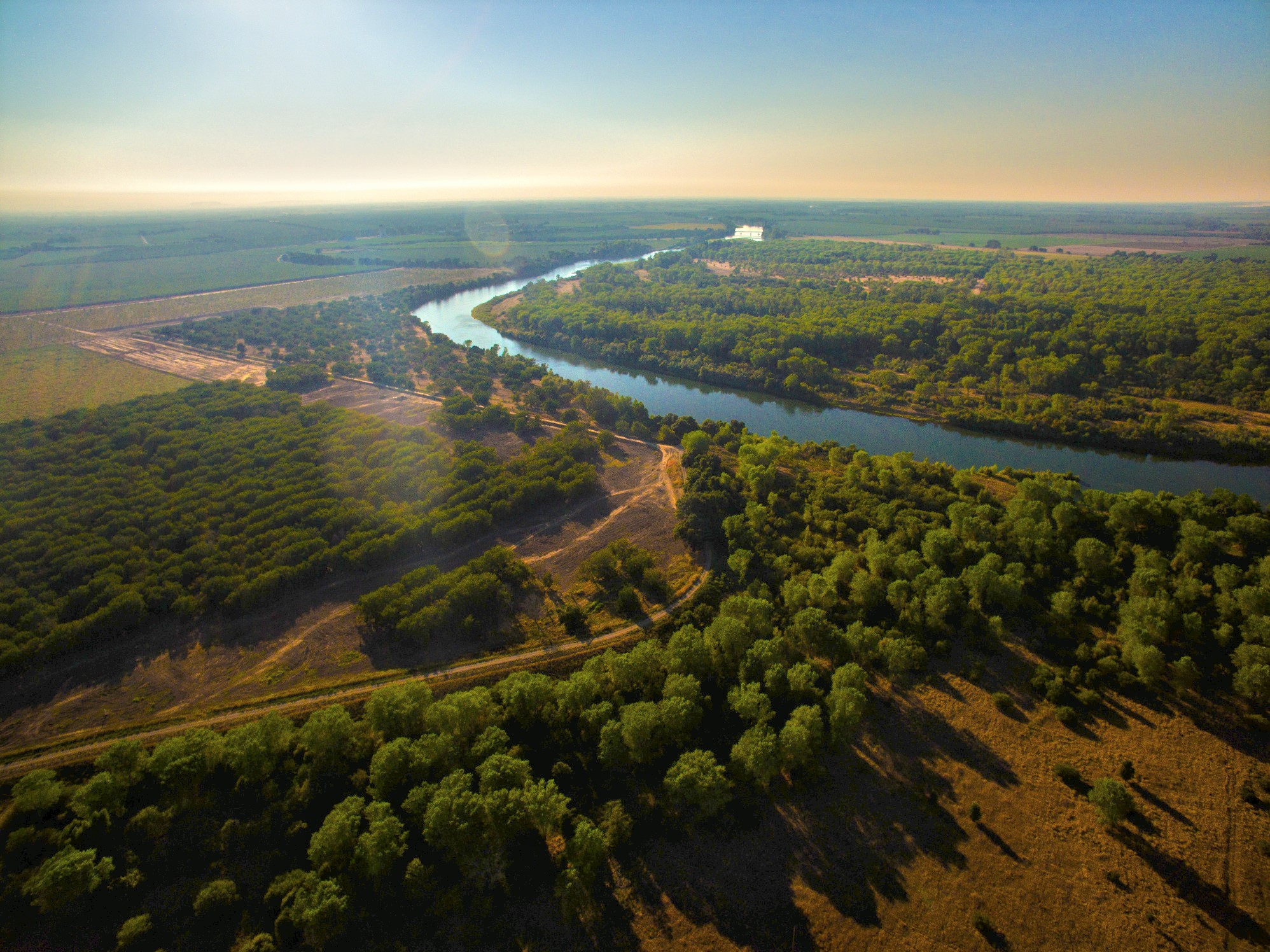
Native trees and forests are vital to helping slow a changing climate, and planting new forests is a powerful nature-based solution we can implement at scale right now.
But the question remains—how can we work fast, and work together, to meet these ambitious and important goals?
Leveraging the Power of Nature
For more than two decades, River Partners has been ahead of the curve in advancing a powerful, natural climate solution. Turning imperiled floodplains across the state into thriving forests that trap harmful greenhouse gases is key to helping California and the nation meet critical emission-reduction, as well as biodiversity, goals.

Research shows that young floodplain forests capture twice the greenhouse gases that mature forests do. And soil in riverside forests traps 200% more carbon than unforested soil. According to a 2020 Lawrence Livermore National Laboratory study, restoring California forests, wetlands, and grasslands can remove nearly 20% of all greenhouse gases needed in achieving the state’s goal of carbon-neutrality by 2045.
Having more forests also helps recharge depleted groundwater supplies, rebuild important wildlife habitat, and strengthen communities through improved access to open space and jobs.
River Partners has ambitious plans to continue meeting the climate crisis head-on because fast-growing forests along rivers are exactly what’s needed to make a difference during a decade that experts say is pivotal for the planet’s and our long-term health. We’re pioneering restoration research and science to maximize our climate impact, uniting critical allies to advance our work statewide, and boldly increasing the pace and scale of our on-the-ground restoration.
The ROI of River Forests
River Partners estimates that every acre of forest we’re growing along rivers statewide captures more than 2,800 metric tons of carbon-dioxide-equivalent emissions every year.
On the more than 18,000 acres River Partners and our allies have restored statewide since our founding in 1998, our projects alone capture nearly one million metric tons of carbon each year.
River Partners’ goal within the current decade is to double our number of restored floodplains across an additional 30,000 acres throughout California. If successful, by 2030 our restored acres would capture millions of metric tons of emissions each year.
Wade Crowfoot, California Secretary of Natural resources, calls River Partners’ approach to floodplain restoration “a great, galvanizing opportunity to expand environmental conservation in California to the benefit of nature, to combat climate change, and to expand equitable access.”
We couldn’t agree more.

And, when you consider that 500,000 or more acres of Central Valley farmland will be fallowed through 2040 as the Sustainable Groundwater Management Act continues to kick in, there’s a lot of land that River Partners and our allies can transform to boost California’s climate resilience even more.
But, to really expand the climate power of restored floodplains, the science of calculating forests’ carbon-trapping potential needs evolving, and on-the-ground restoration needs more funding.
We’re on it.
Advancing the Science of Carbon
River Partners joined forces this year with the California Waterfowl Association and Joseph and Vera Long Foundation on a first-of-its-kind initiative to refine the science for calculating the carbon-trapping potential of floodplain forests.
“California Waterfowl is excited to be part of this project, for so many reasons,” said Jake Messerli, chief operating officer of California Waterfowl. “A project that advances our goal to increase waterfowl habitat and society’s goal to increase carbon sequestration is an obvious win-win. But what’s absolutely key is the larger goal of showing that projects like these should be able to tap into the reservoir of carbon credits. Our community of hunter conservationists has a huge interest in habitat restoration, but the funding doesn’t always keep up with the demand. Carbon credits could help bridge that gap.”
We’re working with leading scientists to better understand how forests accumulate carbon. The goal is to understand what our carbon expectation curve looks like, or how much carbon we’ll accumulate, and how fast. And, how much of that carbon is being consumed by trees and other vegetation, and how much is sinking into the soil.
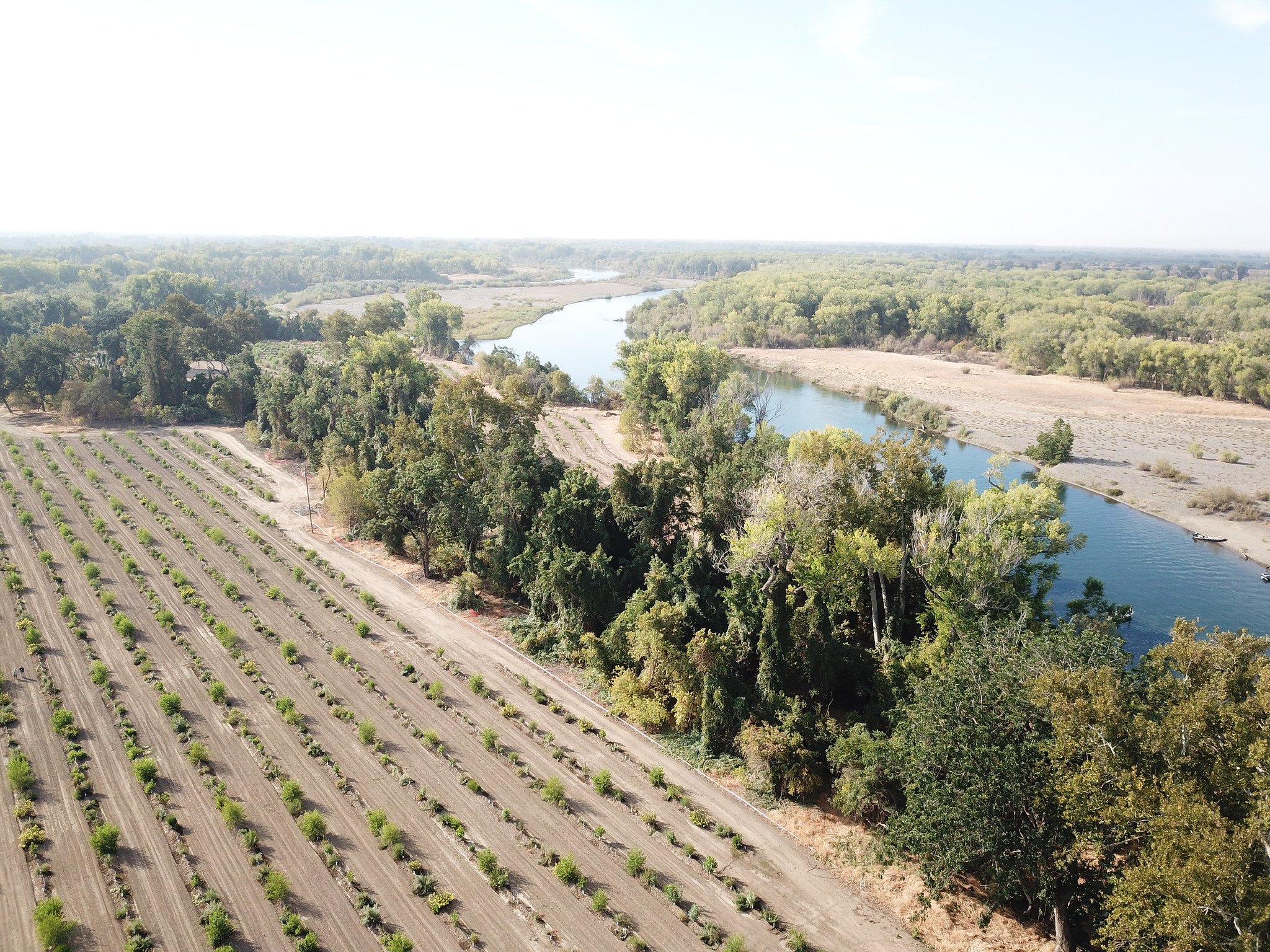
At the same time, we’re also identifying ways California landowners and land managers who are restoring floodplains can get paid for their efforts though the state’s cap-and-trade program.
Under the program, polluters buy permits or allowances that let them emit a specified amount of carbon over a specific timeframe, with overall carbon limits becoming stricter and allowances becoming more expensive over time. This creates a financial incentive for companies to reduce their carbon emissions, but it also creates an opportunity to develop innovative ways to capture carbon.
To date, however, not a single dollar of cap-and-trade funding has been awarded for habitat restoration. Typically, only large enterprises like timber companies and those with extensive landholdings have received cap-and-trade credits that can be sold.
That’s where experts like John Gunn come in.
A forest ecologist and Executive Director of the nonprofit organization SIG-NAL, Gunn is helping River Partners to introduce riparian-restoration credits to California’s carbon market to promote floodplain restoration at a larger scale.
“Planting trees to restore floodplains is a relatively straightforward way to get more carbon out of the atmosphere and keep it that way,” he said. “But it takes a while for significant amounts of carbon to accumulate, especially on smaller land parcels. Carbon markets can support tree planting, but scale has always been a hurdle to make projects financially viable for small landowners.”
“An organization like River Partners is in a great position to aggregate carbon from many different tree planting projects and bring that carbon to the voluntary market in a more cost-effective manner than individual landowners can on their own.”
Getting future restoration projects funded through the program would provide a huge financial incentive for floodplain restoration, helping bolster the state’s climate resilience even more.
To make good on the recent COP26 pledge to elevate forests as a powerful climate strategy, River Partners aims to share our unique model of restoration science and financing with state and national leaders.
Rewriting the Climate Story
As well-known conservationist Sir David Attenborough said in his address to world leaders at COP26, “Nature is a key ally. Whenever we restore the wild, it will recapture carbon and help us bring back balance to our planet. We can rewrite our story and turn tragedy into triumph.”
By reforesting riparian landscapes, we are part of the story of hope for California and set an example for the rest of the world. River Partners’ unique value is about doing the hard work of restoring California riverways at a scale that truly makes a difference so future generations inherit a thriving state, and planet.

